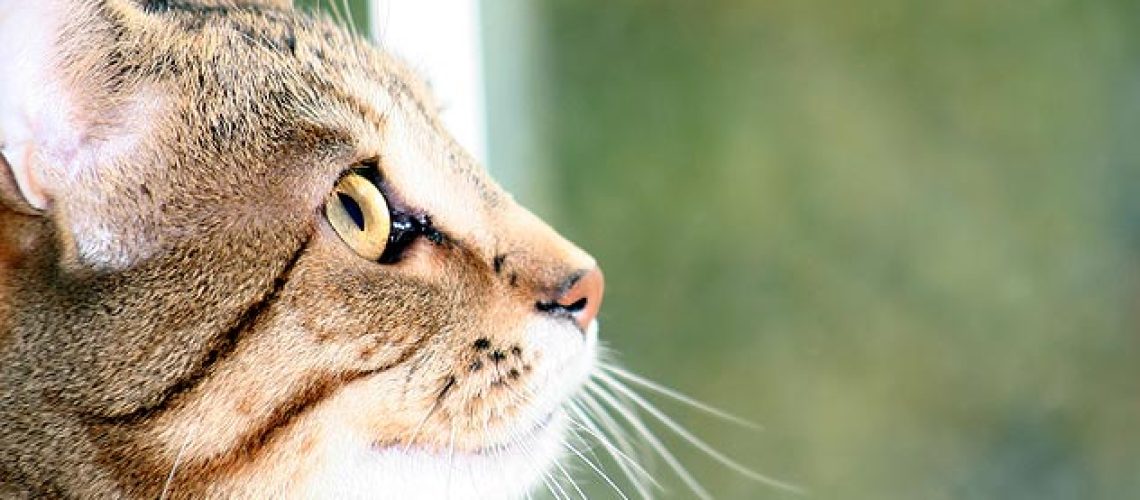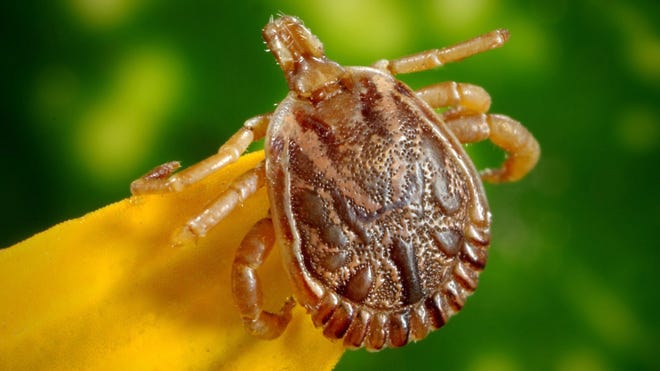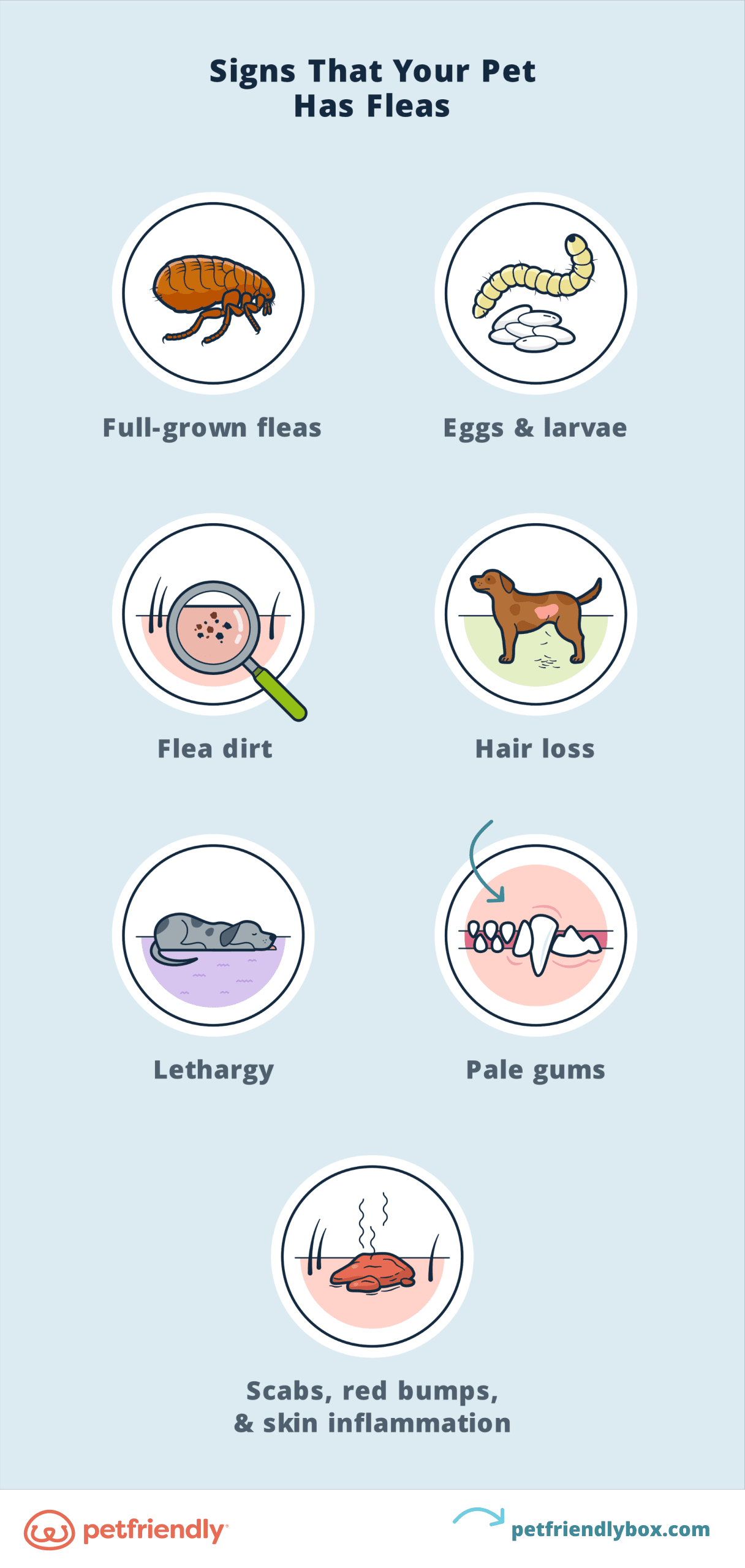Discover why some people choose to let their indoor cats go outside. From satisfying curiosity to promoting exercise, learn the benefits and risks of outdoor exploration for your feline friend.
Key Takeaways:
- Allowing your indoor cat to go outside increases the risk of injury or illness.
- Outdoor cats are more likely to encounter parasites, such as fleas and ticks.
- Outdoor environments expose cats to potential hazards like traffic, predators, and toxic plants.
- Indoor cats can still enjoy a fulfilling life with plenty of mental stimulation through play and interaction.
- If you decide to let your cat outside, supervised outdoor time in a secure enclosure or on a leash is safer than allowing them free roam.
Why do some people let their indoor cats go outside?
Many cat owners choose to let their indoor cats go outside for a variety of reasons. One reason is that they believe it allows their cats to experience the natural world and satisfy their curiosity. Cats are known for being curious creatures, and exploring the outdoors can provide them with new sights, sounds, and smells to stimulate their senses.
Another reason why some people let their indoor cats go outside is that they believe it allows the cats to get exercise and burn off energy. Indoor cats may not have as much opportunity for physical activity as outdoor cats, so going outside can give them a chance to run, climb, and play. This can help prevent boredom and promote a healthier lifestyle for the cat.
However, it's important to note that there are risks associated with letting indoor cats go outside. These risks include exposure to diseases, parasites, traffic accidents, predators, and getting lost. It's essential for cat owners to weigh the benefits against these potential dangers and take appropriate precautions to keep their cats safe if they decide to allow outdoor exploration.
The Benefits of Outdoor Exploration for Indoor Cats
Allowing your indoor cat to explore the outdoors can have several positive effects on their mental and physical health. Here are some of the benefits:
- Mental Stimulation: Outdoor exploration provides new sights, sounds, and smells which can stimulate your cat's mind and reduce boredom.
- Natural Exercise: The opportunity to run, climb trees, or chase insects outdoors allows your cat to engage in natural exercise that keeps them physically fit.
- Sensory Enrichment: Cats have highly developed senses, and being outdoors exposes them to a wide range of sensory stimuli like fresh air, sunlight, and the sounds of nature.
- Environmental Enrichment: The outdoor environment offers a variety of objects to investigate and interact with, such as grass, plants, trees, and different textures.
While these benefits can enhance your cat's overall well-being, it's important to consider the potential risks and take necessary precautions to ensure their safety.
The Potential Dangers of Letting Your Indoor Cat Roam Outdoors
While outdoor exploration can be exciting for cats, it also exposes them to various dangers. Here are some potential hazards that you should be aware of:
- Traffic Accidents: Cats roaming outside are at risk of being hit by cars or other vehicles. They may not be familiar with traffic patterns or understand the dangers posed by moving vehicles.
- Predators: Outdoor cats may encounter predators such as dogs, coyotes, or larger wildlife that can pose a threat to their safety. Even if your cat is a skilled hunter indoors, they may face more formidable opponents in the wild.
- Diseases and Parasites: Outdoor cats are more likely to come into contact with other animals that could carry diseases or parasites. This includes encounters with stray or feral cats who may transmit illnesses like feline leukemia or fleas and ticks that can cause discomfort and health issues.
- Injury or Poisoning: Cats exploring outdoors can get into accidents like falls from trees or get injured in fights with other animals. They may also come across toxic substances such as plants or chemicals that could harm them if ingested.
To keep your cat safe from these dangers while still allowing them outdoor access, you can explore alternatives like supervised outdoor time in a secure enclosure or leash training.
How outdoor exploration can benefit an indoor cat's mental and physical health
Physical Benefits
Outdoor exploration provides opportunities for exercise that can help maintain a healthy weight and prevent obesity in indoor cats. The increased physical activity from climbing trees, chasing insects, and exploring their surroundings can improve muscle tone and cardiovascular health. Additionally, exposure to natural sunlight allows cats to synthesize vitamin D, which is essential for bone health.
Mental Stimulation
Outdoor exploration offers a wealth of sensory experiences that can enrich an indoor cat's life. The sights, sounds, and smells of nature provide mental stimulation that helps alleviate boredom and reduces stress. Exploring new environments encourages curiosity and problem-solving skills, keeping the cat mentally sharp.
Alternatives to letting your indoor cat go outside for exercise and stimulation
If you're concerned about the risks associated with outdoor exposure or live in an area where it's not safe for cats to roam freely, there are alternative ways to provide exercise and stimulation for your indoor cat:
Interactive Toys
- Puzzle feeders: These toys require the cat to work for their food by solving puzzles or manipulating objects.
- Laser pointers: Cats love chasing the elusive red dot emitted by laser pointers, providing them with a fun workout.
- Feather wands: Mimicking prey movements, feather wands trigger a cat's hunting instincts and encourage physical activity.
Vertical Space
Cats naturally enjoy climbing and perching at elevated heights. Providing vertical spaces such as cat trees or shelves allows them to engage in vertical exercise while also offering vantage points to observe their surroundings.
Ensuring the safety of your indoor cat when they go outside
When allowing your indoor cat to explore the outdoors, it's crucial to prioritize their safety:
Supervised Outdoor Time
Start by introducing supervised outdoor sessions in a secure and enclosed area like a fenced backyard or an outdoor enclosure. This allows your cat to experience the outdoors while minimizing potential dangers.
Identification and Microchipping
Ensure your cat wears a collar with identification tags that include your contact information. Additionally, microchipping provides a permanent form of identification in case they get lost.
Vaccinations and Parasite Prevention
Prior to outdoor exposure, ensure your cat is up-to-date on vaccinations to protect against common diseases. Consult with your veterinarian about appropriate parasite prevention measures such as flea and tick treatments.
The risk of diseases or parasites from outdoor exposure for your indoor cat
Allowing an indoor cat to venture outdoors exposes them to various risks:
Disease Transmission
Outdoor cats can come into contact with other cats carrying contagious diseases such as feline leukemia virus (FeLV) or feline immunodeficiency virus (FIV). These viruses can be transmitted through bites, scratches, or sharing food/water bowls.
Parasites
Fleas, ticks, and intestinal parasites are common in outdoor environments. Fleas can cause itching, skin allergies, and transmit tapeworms. Ticks carry diseases like Lyme disease. Intestinal parasites like roundworms and hookworms can be acquired through ingestion of contaminated soil or prey.
Safely training your indoor cat to navigate the outdoors if they want to go outside
If your indoor cat shows a strong desire to explore the outdoors, you can train them to do so safely:
Leash Training
Start by introducing your cat to a harness and leash indoors, allowing them to get comfortable wearing it. Gradually progress to supervised outdoor walks, rewarding them with treats and praise for positive behavior.
Positive Reinforcement
Use positive reinforcement techniques such as treats, praise, and playtime to reward your cat for staying close to you and following commands while outside. This helps establish boundaries and reinforces safe behavior.
Suitable breeds or personalities for allowing cats outdoors
While individual preferences may vary, certain breeds or personalities are generally more suited for outdoor exploration:
Natural Hunters
Breeds like Bengals or Abyssinians have a strong prey drive and may thrive in an outdoor environment where they can engage their hunting instincts.
Confident and Independent Personalities
Cats with confident and independent personalities tend to adapt better to outdoor environments. They are more likely to navigate unfamiliar territories with ease and handle potential challenges.
Key considerations before deciding whether to let your indoor cat go outside
Before allowing your indoor cat outside, consider the following factors:
Location
The safety of the outdoor environment plays a crucial role. Living near busy roads or areas with high predator populations increases the risks associated with outdoor exposure.
Lifestyle Adaptation
Your cat's ability to adapt from an indoor-only lifestyle to venturing outdoors should be considered. Some cats may become stressed or anxious when exposed to new stimuli or changes in routine.
Veterinarian Consultation
Consult with your veterinarian to assess your cat's overall health, vaccination status, and discuss any specific considerations or risks associated with letting them go outside.

















